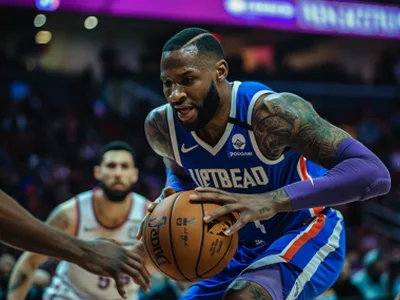Learning to spot positive EV is key for anyone looking to improve their NBA spread betting results
When it comes to NBA spread betting, understanding expected value (EV) can help you make smarter, long-term decisions. Expected value is a calculation that shows how much you can expect to win or lose on average for every bet you place. It doesn’t guarantee short-term wins, but over time, it can help you spot favorable bets and avoid poor ones.
In NBA spread betting, you’re betting on how much a team will win or lose by. For example, if the Los Angeles Lakers are -5.5 favorites, they need to win by six points or more for your bet to win. If you bet on the underdog, they can either win the game or lose by fewer than six points.
To calculate expected value, multiply the probability of winning by the amount you’d win, then subtract the probability of losing multiplied by the amount you’d lose. If the result is positive, the bet has a positive expected value, which means it’s a bet you should consider in the long run.
For example, let’s say you think there’s a 55% chance a team will cover the spread, and the payout is the standard -110 (meaning you win $100 for every $110 bet). The math would look like this: (0.55 x $100) – (0.45 x $110) = $55 – $49.50 = $5.50. That $5.50 is your expected value on that bet. Over time, placing similar bets with positive EV can lead to steady profit.
This concept helps serious bettors separate bets made on emotion from those based on logic and numbers. It’s important to do your research, understand the teams, and always shop for the best lines. Even a half-point difference can impact whether a bet has value or not.

